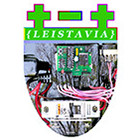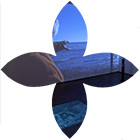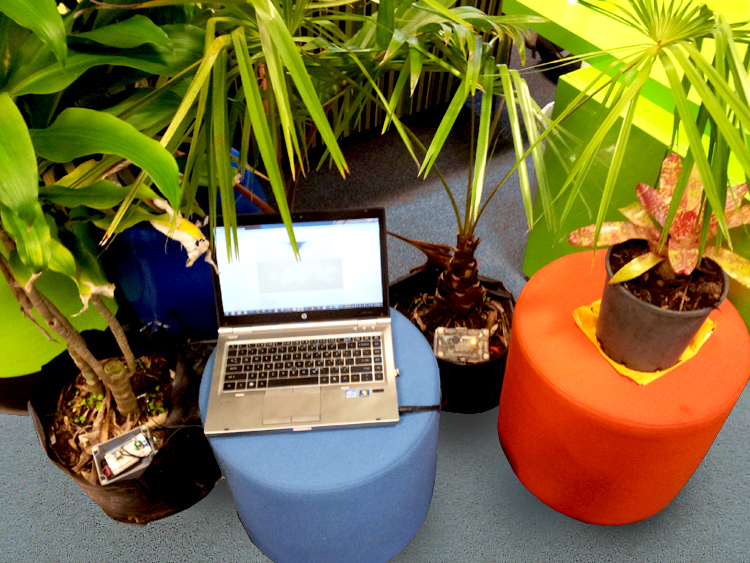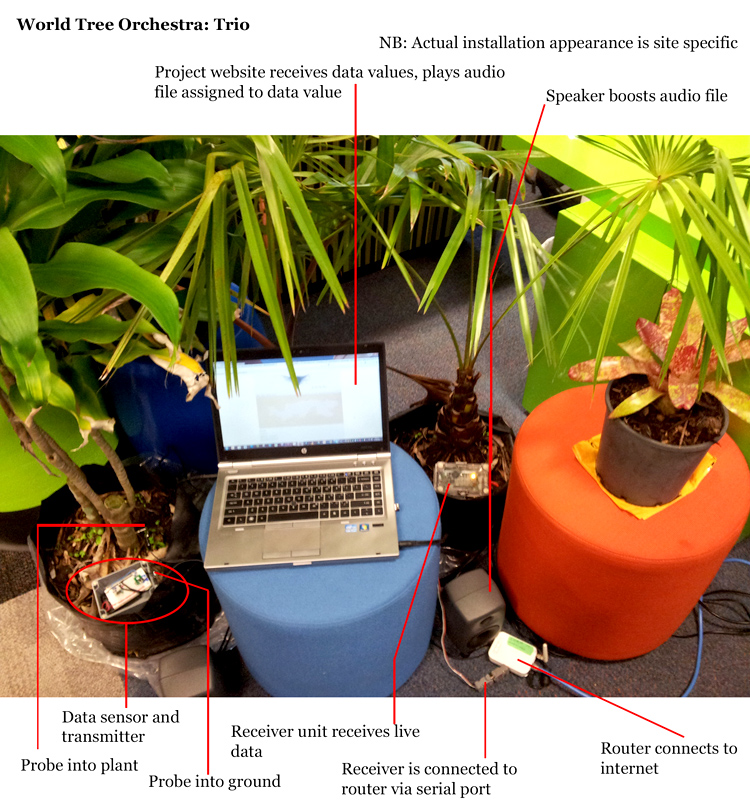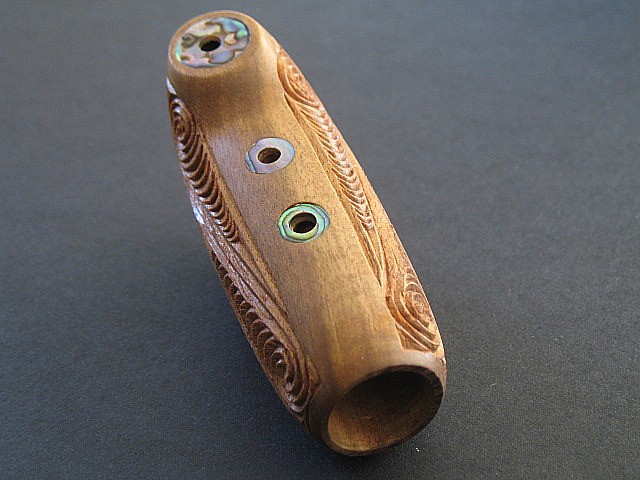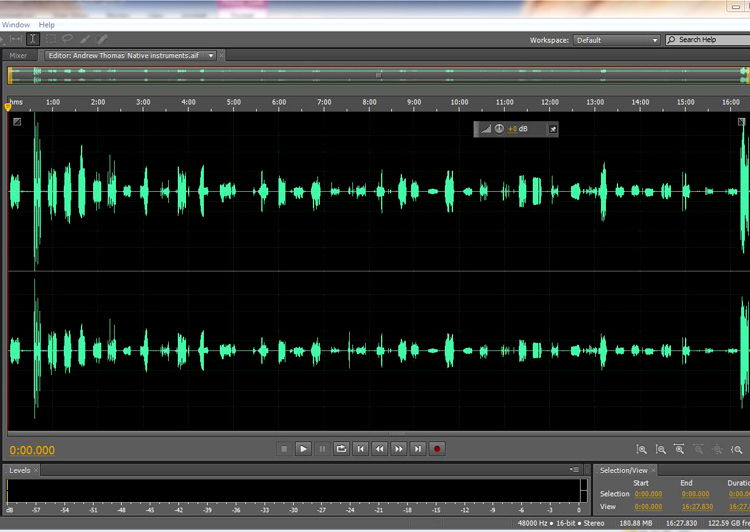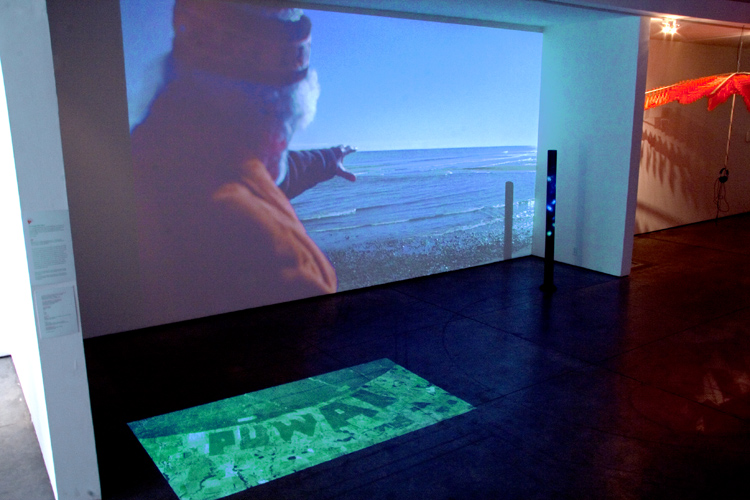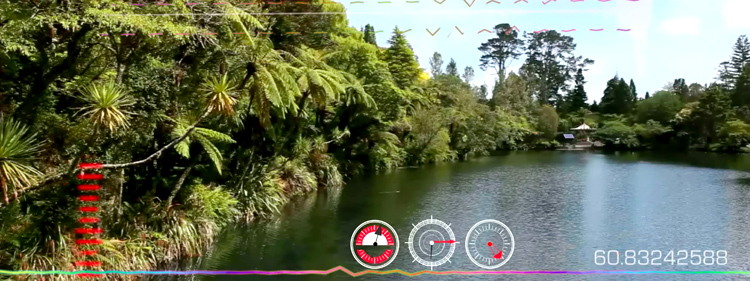world tree orchestra |
|
It sometimes takes a bit of time to reflect on and understand a work of art, especially a contemporary one. I now realise that World Tree Orchestra is not a singular work of art, but is actually a nonlinear framework for collaboration. This means that the entire system allows for different data sources and alternate audio sources to be applied for each implementation of the project. Consequently, as an art work it can be given a sense of place that is local to the area of exhibition. This localisation can be in the form of source of data, or who or what makes the audio.
If the world needs anything, it is a better relationship to the environment and indigenous peoples. World Tree Orchestra involves connecting with live environmental data as a means to open up a discussion about our relationship to the environment and opening a dialog with indigenous people. We believe hearing the voice of indigenous people on the environment is part of the solution to climate change.
The idea of a World Tree Orchestra occurred as a consequence of a project called Trans-Tasman integration project exhibited at Balance-Unbalance in Noosa, Queensland Australia May 30th-June 2nd. The Trans-Tasman integration project connected via the internet, a tree in Opunake New Zealand, with plants in Noosa. Three data sources were used - temperature and tree voltage from the tree in Opunake, and voltage from a plant in Noosa.
The next image explains the components of the project. It was set up in an informal area, and temporary plinths were used, along with sheets of plastic to protect surfaces. Custom plints, plant containers and strategy for computer would be used in any exhibition.
Maori musician Darren Robert Terama Ward makes his own traditional instruments and plays them. He was asked to think about water or flow (Wai in Maori) when making the audio.
The above flute was made by Darren and can be played with the nose or mouth. Below are the waveforms of the audio files made by Navajo Andrew Thomas. As well as playing the flute, he also tapped on the bowl used to fill a water drum and other implements, creating a range of sounds for the project. The audio made by Darren and Andrew is exceptional. They were restricted to a maximum file length of 10 seconds, which is fairly short.
Whale sounds recorded by Mark A McDonald of Whale acoustics are the third audio source for World tree orchestra: trio. The audio is Humpback whale song, recorded at Cross Seamount near Hawaii in 2005. It was recorded 30 feet above the seafloor with an autonomous digital recorder in about 1200 feet of water and is amazingly clear - it has not been altered digitally or cleaned up.
Earlier to that, the same data-internet-audio system was used for Te Iarare (Communication over vast distances) exhibited as part of Wai (which means water or flow in Māori). In that project, tree voltage, temperature and light level from a Puka tree in Opunake, New Zealand were used as source data which controlled which of 80 audio files are played on the web page - which was lined through to the installation area in the gallery in Albuquerque.
The whole idea of an exhibition on Wai came from working with indigenous Māori of Aotearoa New Zealand and I am thankful to Dr Te Huirangi Waikerepuru, Te Urutahi Waikerepuru and Tengaruru Wineera for their guidance. The concept of Wai came from a lecture given by Dr Waikerepuru, and he guided us to ensuring the involvement of local indigenous people in our project.
Previous to that, the system was set up for the project The Park Speaks (see below) where UV, temperature and people count were the data sources used to control the 80 audio files. In that situation, the audio files were phrases of speech – the park was ‘speaking.’ This was audio that was heard while the video in the above image played.
A core team of four built the system used for The Park Speaks, Te Iarere and World Tree Orchestra. Andrew Hornblow makes the data sensors from the circuit board up. He also constructed the rf transmitter and receiver, as well as customising the Open Mesh box with serial port. Julian Priest and Adrian Soundy built the web interface using custom and authored software. I came up with idea and got funding for it.
Eventually the intention is to join trees across the world, and make a true orchestra of sounds.



